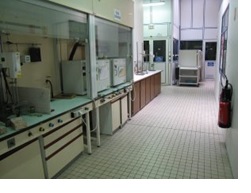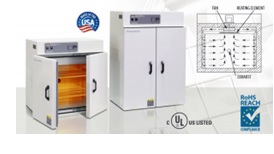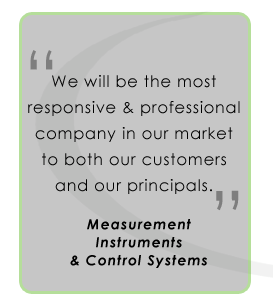|
 July 2019,
MARIETTA, GA ~
Lab ovens come
in all shapes and sizes, as the need for specialization has led to
model differentiation and abundance. This is positive, but getting
confused when trying to figure one which out of galore of lab ovens is covering the full spectrum of your utilization needs is often the case for many. This quick-guide will help you go through a couple of basic consideration steps that will help you narrow down your possible selections to the lab oven models that meet your practical requirements as well as technical performance expectations. July 2019,
MARIETTA, GA ~
Lab ovens come
in all shapes and sizes, as the need for specialization has led to
model differentiation and abundance. This is positive, but getting
confused when trying to figure one which out of galore of lab ovens is covering the full spectrum of your utilization needs is often the case for many. This quick-guide will help you go through a couple of basic consideration steps that will help you narrow down your possible selections to the lab oven models that meet your practical requirements as well as technical performance expectations.
Size and Volume
First and foremost, consider the space requirements for your
oven’s chamber. Consider the size and amount of samples that must go into the lab oven, and figure out which ovens feature a suitable interior space. Picking one that is larger than what you need isn’t always a good idea, as you’ll have to spend more energy to reach the target temperature and it will take up more space in your lab. Just pick one that is adequately large for your purpose.
Type and Application
Each heating purpose has its own lab oven sub-type. For example, if you’re aiming for curing products, you will need a heavy duty batch oven, if you are after wax melting, you may pick a lower temperature continuous oven, and if you want to dry, you may ideally select a vacuum chambered oven. From poly-amide baking to sterilizing, and from annealing to generic materials testing, different ovens are ideal for different applications, so first clarify what you need the oven for. Batch ovens are useful for when working with product batches in predetermined heating settings, while continuous furnaces maintain a specified environment that is valuable to the target result.
Temperature Requirements
From ambient to many hundreds of degrees Celsius, the maximum temperature of a lab oven ranges greatly. Depending on the materials you are planning to put in there, the amount, and the desired heating levels and heating times, you will have to consider the minimum required temperature and exclude all ovens that go below that. On the other side, if your target temperature is not too high, there’s no point in choosing a very capable oven as it will cost more and have a larger footprint.
Heating Uniformity
Manufacturers usually publish the results of their temperature uniformity tests on the official product webpages, as this is a critical aspect of accuracy in the oven’s heating action. If a batch is unevenly heated, it may mean getting bad samples and defective products. Don’t believe the bold marketing claims that are made arbitrarily by everyone. Ask for certified test results, and if there are none, ask for the conduction of a demonstration on the heating uniformity.
Air Flow
The air flow inside an oven is playing a key role in achieving temperature uniformity, curing, and drying. Some ovens use horizontal flow, others vertical, and others mixed. Some even combine them all and allow users to change modes depending on what they want to achieve.
 Cleaning and Maintenance Cleaning and Maintenance
Being able to clean your ovens easily and conduct maintenance sessions with the minimum disruption on your
laboratory’s operations is of key importance. Such ovens make it less possible to have cross-contamination incidents. Pick a lab oven that has easily removable trays, featured rounded edges that won’t let substances accumulate, and has a door that opens widely enough to make it easy to clean. In regards to the maintenance, some ovens have been designed with that in mind, while others haven’t. Obviously, picking an oven that will make the lives of service technicians harder will cause problems throughout its operational lifetime.
Safety and Reliability
From the quality of the materials to the reliability of the thermal and control units, everything can and should be certified nowadays. Again, do not trust bold marketing claims. Trust certificates of compliance with internationally recognized and accepted codes and standards.
Energy Consumption and Efficiency
At the end of the day, the lab oven is one of the most substantial energy loads that will up the electricity bill. If you employ multiple ovens, even the slightest change in the energy efficiency of the heating system can make a huge difference. The thermal insulation of the doors and walls of the oven are also vital on that part, as leaking the generated heat out of the chamber is wasted energy that you’ll still have to pay for.
 Reach out to
Despatch ovens to find out more about lab ovens and how they can meet your lab procedures’ needs. Reach out to
Despatch ovens to find out more about lab ovens and how they can meet your lab procedures’ needs.
| 




